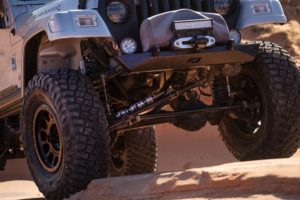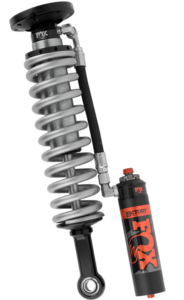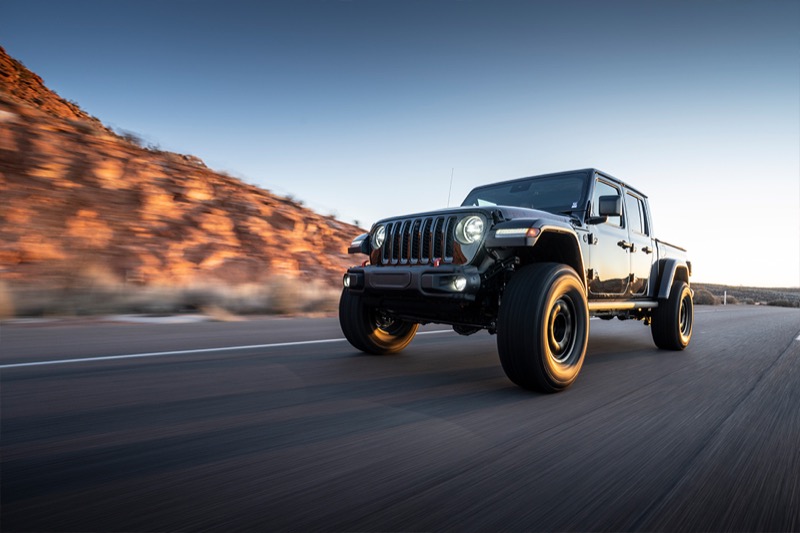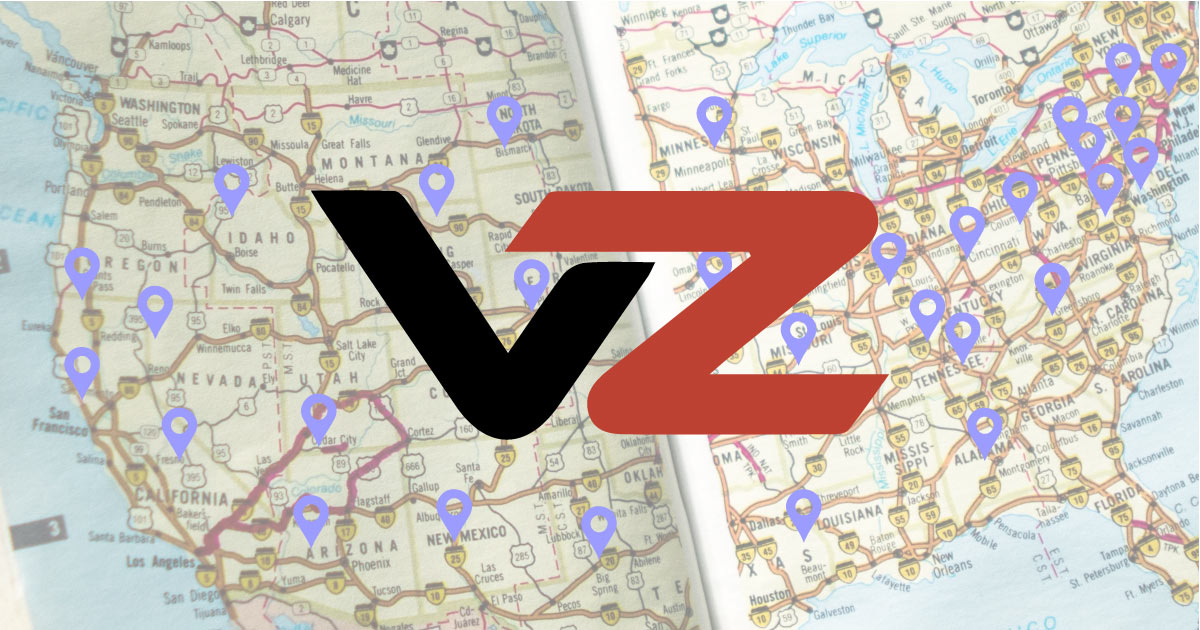The mobile electronics industry has come through with wonderful advanced driver-assistance systems, or ADAS, that have a profound effect on safety. For retailers using well-engineered products coupled with best-practice installations, everything works in harmony. But can you add other aftermarket equipment (such as lift kits, brush guards or aftermarket bumpers) and still have electronic ADAS protection work properly? Yes, but the key is purchasing products from reputable companies who test the products thoroughly.
In addition, retailers who are familiar with installing aftermarket ADAS products will make sure those vehicle enhancement elements will work together with OEM ADAS sensors. Through special case studies, the Specialty Equipment Market Association was able to look at potential problems and ensure that they won’t be a problem for your ride.
Lifted!
 Suspension lifts are a very popular upgrade for pickup trucks. One well-known supplier of shock absorbers and lifts is Fox. Michael McSweeney, president and general manager of SCA Performance Division for Fox Factory, said that his company has built successful development partnerships with General Motors, Ford, Chrysler and Nissan.
Suspension lifts are a very popular upgrade for pickup trucks. One well-known supplier of shock absorbers and lifts is Fox. Michael McSweeney, president and general manager of SCA Performance Division for Fox Factory, said that his company has built successful development partnerships with General Motors, Ford, Chrysler and Nissan.
“Out of our four manufacturing plants, we’re currently upfitting about 1,000 lifted trucks per month, all of which end up being sold through new-car dealerships,” McSweeny explained. “It’s truly essential to our business model for our vehicles to not only meet Federal Motor Vehicle Safety Standards but also be on the leading edge of adapting our upfits to new ADAS features, because they’re becoming a standard part of new vehicles. We need to assure our end users, our OEM partners, the dealers who retail our vehicles, and the insurance companies who are insuring our drivers that all of our modified vehicles continue to perform at a high level, even after we modify the vehicle.”
For the case study, Fox chose a 2020 GMC Sierra 2500. This was a special challenge because of the vehicle’s sophisticated Safety Package 2, which includes the ability to automatically brake for pedestrians.
Suspension Lift and ADAS
 Modifications for the Sierra included a 6-inch BDS suspension lift system, 22-inch wheels and 35-inch all-terrain tires. After an alignment to factory specs and a calibration of its steering-angle sensor, the big GMC was hooked up to a specialized computer system for a dynamic calibration. That put the vehicle into learn mode, and a calibration test drive followed.
Modifications for the Sierra included a 6-inch BDS suspension lift system, 22-inch wheels and 35-inch all-terrain tires. After an alignment to factory specs and a calibration of its steering-angle sensor, the big GMC was hooked up to a specialized computer system for a dynamic calibration. That put the vehicle into learn mode, and a calibration test drive followed.
While that may sound straightforward enough, McSweeny said there were a lot of layers to the process.
“Since the ADAS features really work as a big network getting information from other systems in the vehicle, there are some fundamental calibrations that need to be done even prior to focusing on the camera and the radar systems,” he said. “Those things include speedometer calibrations to account for larger tire sizes, four-wheel alignment, steering angle sensor alignment, FMVSS 126 and 135 testing so that we can ensure that the vehicle is braking and the electronic stability control systems are all performing like they should.”
After SCA Performance’s road tests were completed, all the data indicated functional compliance.
“But since this was a new thing, we didn’t really think we could roll out our own validation,” McSweeny said. “So we decided to send the truck out to the Transportation Resource Center in Ohio for them to actually put the truck through the Insurance Institute for Highway Safety pedestrian autonomous emergency braking test, along with some additional testing on the adaptive cruise control system.”
The child robot presented a unique test for the lifted Sierra because the device was so low to the ground compared to the massive GMC. Nonetheless, the modified truck ultimately aced its exam with high marks. All the ADAS systems were calibrated and validated as required.
Knowledgeable Retailers Using Quality Equipment Is Key
That’s good news for those who want to add extra capabilities to their raised truck, Jeep or 4×4. But you can see that consumers can quickly run into problems purchasing equipment not designed for their vehicle. The wrong aftermarket equipment can cause havoc with both OEM and aftermarket ADAS systems.
The best bet is to go to a retailer familiar with installing quality aftermarket parts. If your new ride does not have ADAS, it can be successfully integrated, and the installation techs can consider any aftermarket upgrades. This way you can have your truck lifted and even add backup sensing or lane-change assistance. This especially makes sense on lifted vehicles with limited visibility and unfamiliar sight lines. Be sure to use a knowledgeable VZAN retailer using quality equipment who can integrate it properly. Find a retailer in your area with the Vision Zero dealer locator.


